|
Thursday, 15 October 2009 14:05 |
Pea
Pisum sativum L.
Symptoms induced in controlled conditions (fumigation with ozone)cv. AlaskaNecrotic stipple in old leaves of pea cv. Alaska exposed to ozone (B and C). Sometimes, ozone peaks concentration can be produce interveinal bifacial necrosis (A). Necrotic stipple is present in whole upper surface of the leaves and gives a tan appearance to the leaves (B). 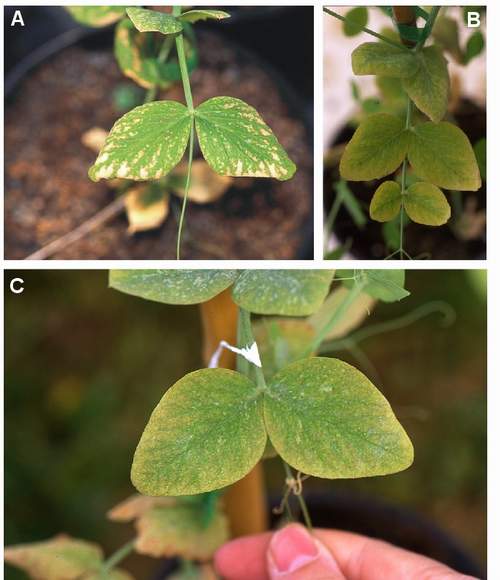
cv. RondoStippling hardly noticeable in leaflets of pea cv. Rondo exposed to ozone (A and B). The stippling appears close to the main veins. Marginal bifacial necrosis in old leaves of young plants of pea (C). Sttiplig was caused by cronic exposure to ozone, however high levels of ozone induce important bifacial necrosis, chlorosis and stippling (D and F). Necrotic areas very close to the leaf veins in leaflets of pea plants exposed to high levels of ozone (E). This symptom was different and rare observed only in one plant of the experiment. 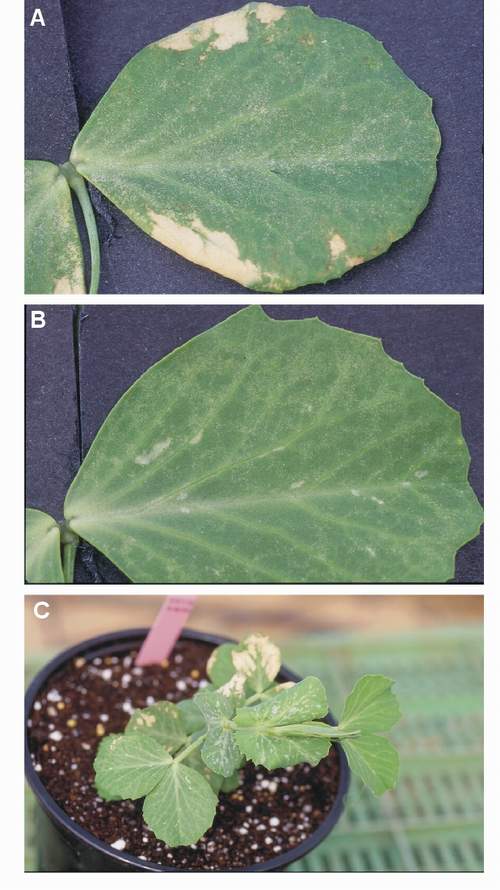
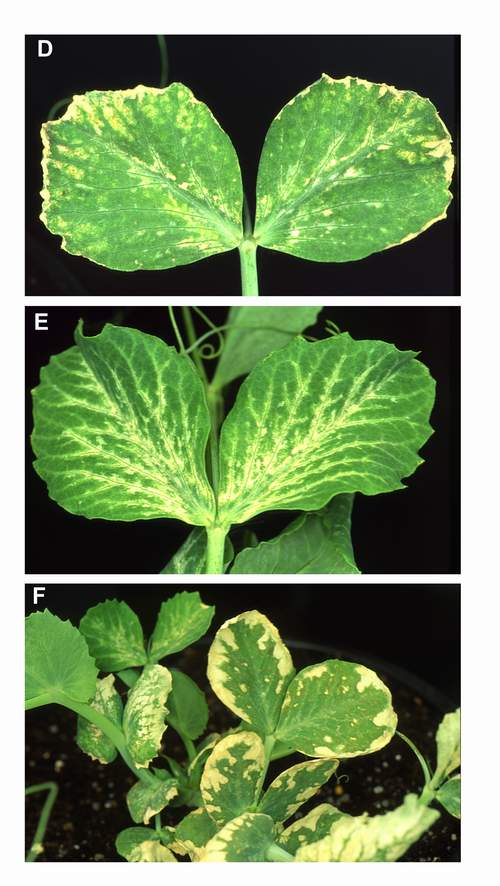
cv. LincolnDifferent ozone exposure regimes cause acute or chronic injury on the pea leaves. Chronic exposure to ozone causes necrotic stippling in o old leaves of pea cv. Lincoln (A and B). Interveinal necrosis in leaves of pea cv. Lincoln exposed to acute concentrations of ozone (C). Bifacial marginal necrosis in the same cultivar exposed to high levels of ozone (D). 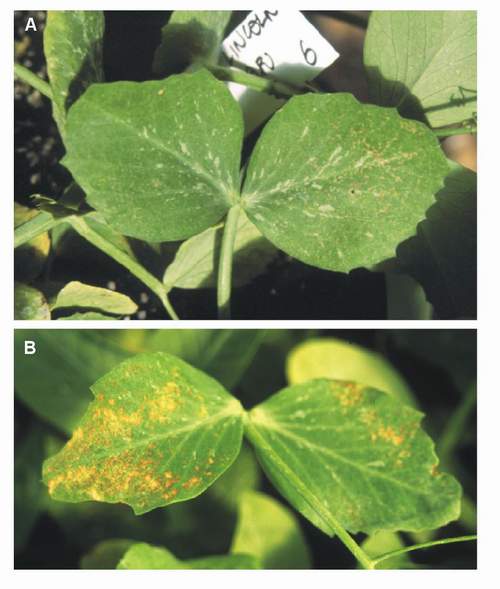
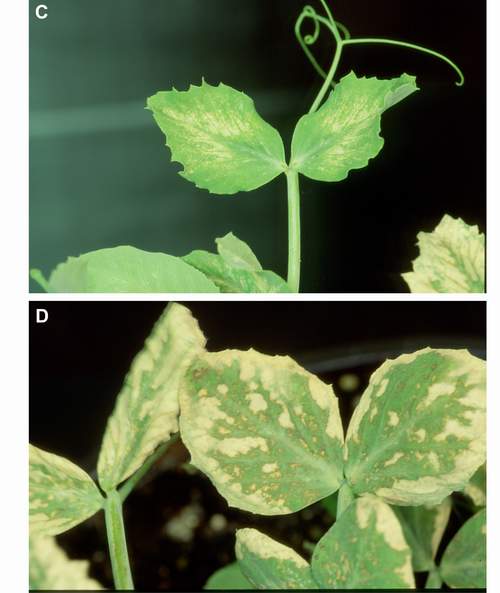
cv. PaladioStippling hardly noticeable in old leaves of pea cv. Paladio exposed to ozone (A). Interveinal necrotic areas in leaves and stipules of the same pea cultivar exposed to ozone (B). Detail of the stippling caused by ozone (C). Tan aspect of one leaf of pea and lower surface healthy without ozone injuries (D). 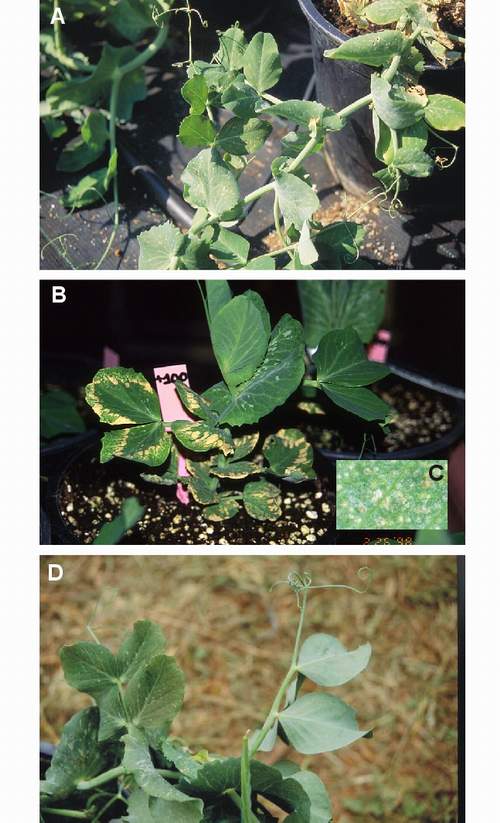
© 2009 Fundación CEAM © 2009 Copyright of the photos: their authors
|
|
Last Updated on Friday, 26 February 2010 13:59 |